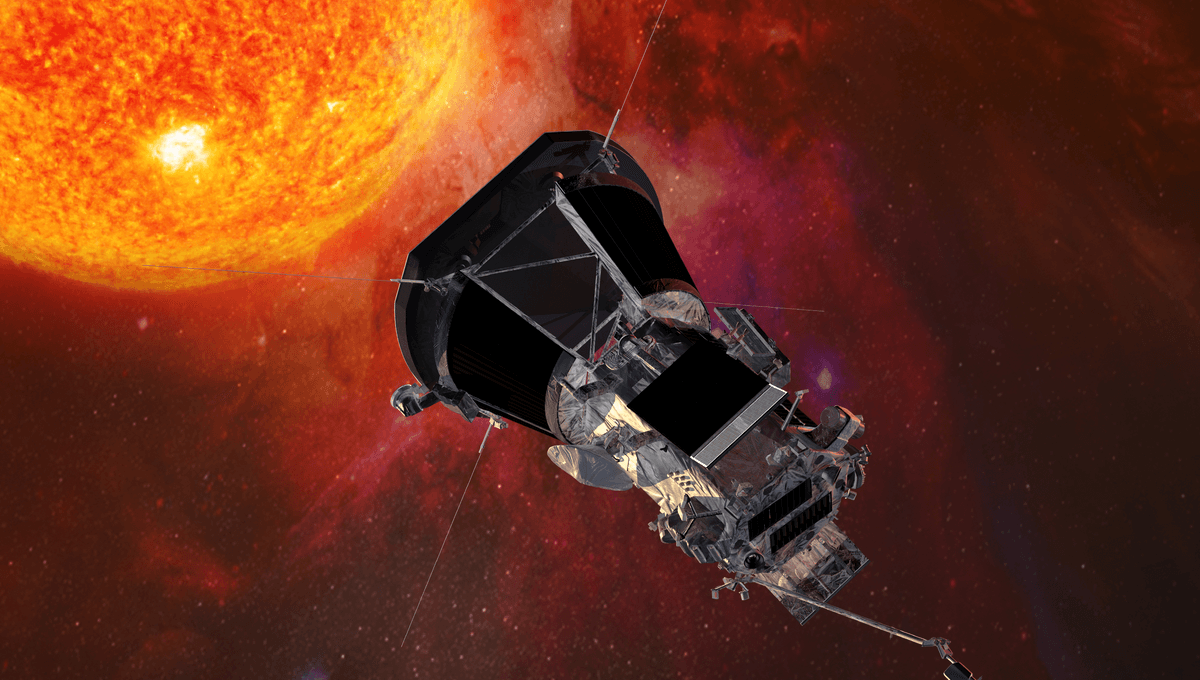Move over solar flares and sunspots, there’s a new celestial phenomenon in town that travelers in the inner Solar System should be wary of: coronal mass ejections (CMEs). These powerful events involve protons and electrons caught in a magnetic field, and they can have some shocking consequences. Just ask the telegraph operators who experienced electric shocks and equipment damage during the Carrington Event in 1859.
While we haven’t seen anything quite as dramatic since then, smaller CMEs have still had significant effects in our technologically advanced world. Fortunately, most of these events miss the Earth, thanks to the vastness of space.
However, on September 5, 2022, something extraordinary happened. A particularly powerful CME was hurtling away from the far side of the Sun when NASA’s Parker Solar Probe crossed its path. The brave probe continued its mission and collected valuable data, shedding light on the impact of CMEs on the inner Solar System and the capabilities of the instrument designed to study them.

The study conducted by NASA reveals a fascinating discovery: CMEs act like cosmic vacuum cleaners, collecting and pushing away dust as they travel. This phenomenon, theorized two decades ago, had never been observed until now. Dr. Guillermo Stenborg of the Johns Hopkins Applied Physics Laboratory explains, “Parker Solar Probe viewed a CME act like a vacuum cleaner, clearing the dust out of its path.”
This dust, left behind by comets and asteroid collisions, is responsible for meteors and the zodiacal light. Comets shed most of their dust close to the Sun, but CMEs help distribute it more evenly throughout the Solar System.
Parker’s observations also revealed that the CME created a cleared area devoid of gas up to a distance of 10 million kilometers from the Sun. However, this space quickly filled up with other material.
Stenborg emphasizes the significance of Parker’s findings, stating, “By removing brightness variations due to coronal shifts and other phenomena, we were able to isolate the variations caused by dust depletion.”
The Parker Solar Probe has already broken numerous records for speed and proximity to the Sun. Surviving its encounter with the CME, albeit on the outskirts, further solidifies its status as a remarkable spacecraft. While passing within 14 million kilometers of the Sun, a mere tenth of the distance to Earth, Parker’s instruments proved their resilience against the damaging effects of fast-moving charged particles.
This discovery could lead to improved warnings of dangerous CMEs in the future. Currently, alerts are issued only 30 minutes before storms hit, as predicting the speed of CMEs as they traverse the gap between the Sun and Earth is challenging. The interaction with dust particles may contribute to this uncertainty, making Parker’s observations invaluable.
Last month, Parker used Venus’s gravity to reduce its orbit even further, bringing it closer to the Sun. As we approach an epic peak in the solar cycle, there’s a chance for more spectacular auroras like the ones witnessed over Scandinavia, Canada, and parts of the United States. Stay tuned!








